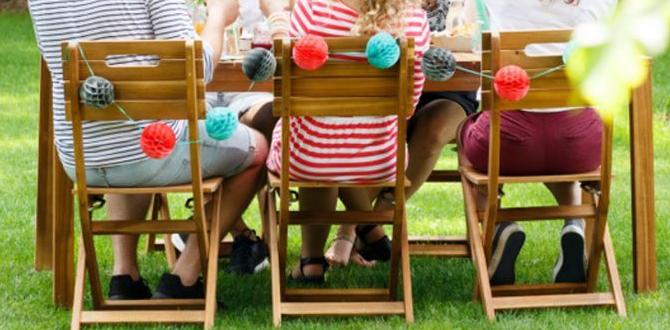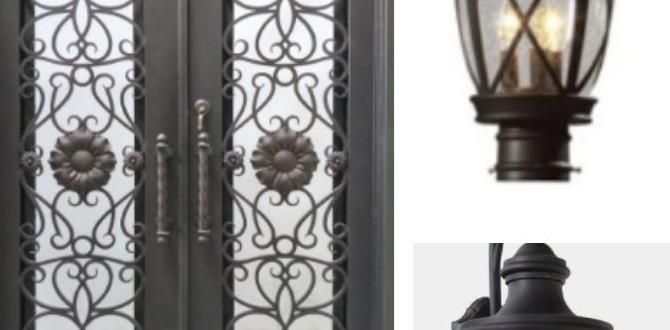Have you ever thought about growing your own garden? Imagine stepping outside and picking fresh vegetables or colorful flowers right from your backyard. Raised bed gardens make this dream simple and fun. You can plant anything from tomatoes to snap peas. Just picture a small space filled with green and vibrant blooms!
Raised bed gardens are not just pretty; they are also very practical. They can help you save space and make gardening easier. Do you know that these gardens can even keep pests away? Sounds amazing, right? With the right ideas for raised bed gardens, anyone can create a paradise in their yard.
In this article, we will explore exciting ideas for raised bed gardens. Whether you have a big yard or a tiny balcony, there is something here for you. Get ready to dig into some fun and creative ways to grow your own little green oasis!
Creative Ideas For Raised Bed Gardens To Enhance Your Space

Ideas for Raised Bed Gardens
Raised bed gardens are a fun way to grow plants. They offer better drainage, warmer soil, and easier access. You can use wood, bricks, or even old tires to create unique shapes. Imagine planting veggies like tomatoes or flowers like marigolds in your backyard! Did you know that raised beds can help save your back from bending over? Consider positioning them in sunny spots for the best growth. With these ideas, your garden will flourish!Benefits of Raised Bed Gardening
Enhanced soil quality and drainage. Easier access for planting and maintenance.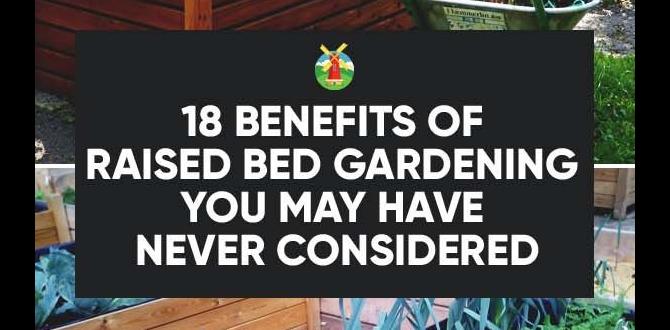
Raised bed gardening is like giving your plants a cozy home. It helps improve soil quality, making it rich and happy. Good drainage means plants don’t drown in water, which is great news for those with a black thumb! Plus, it’s easier to reach in and care for your plants without bending over like a pretzel. Let’s look at the perks:
| Benefit | Description |
|---|---|
| Enhanced Soil Quality | Better nutrients and healthier plants! |
| Easier Access | No back pain from bending over! |
So, raise those beds and let your garden shine!
Designing Your Raised Bed Garden
Choosing the right size and shape. Selecting the best location for sunlight and drainage.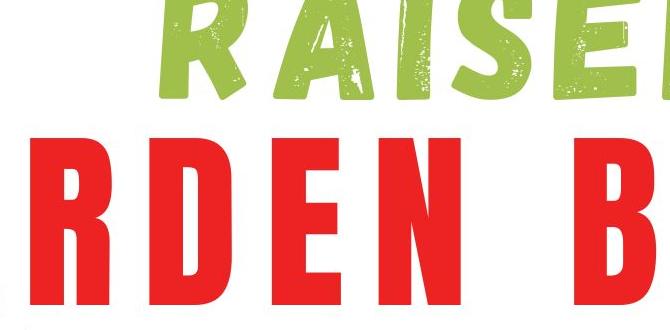
Start by picking the size and shape of your garden bed. A standard size is about 4 feet wide and 6 to 8 feet long. This makes it easy to reach all parts. You also want enough space for plants to grow without crowding. Choosing the right spot is key, too. Look for a spot that gets 6-8 hours of sunlight each day. Good drainage is important, so avoid low areas where water gathers.
What is the best location for a raised bed garden?
The best location should have plenty of sun and good drainage. Choose a spot that gets full sun.
Key Points for Placement:
- Avoid shaded areas underneath trees.
- Stay clear of spots that collect water.
- Ensure easy access for watering and harvesting.
Materials for Building Raised Beds
Wood, metal, and stone options. Pros and cons of each material.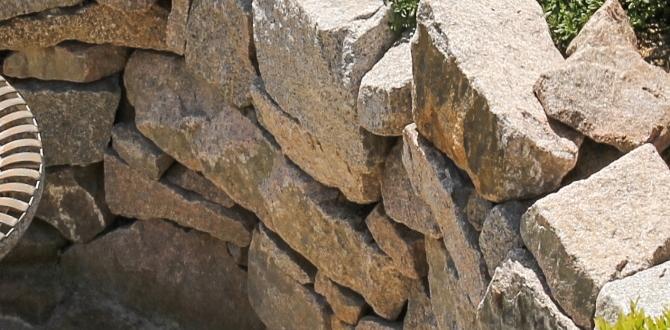
Building raised beds can be fun and easy if you choose the right materials. Wood is popular and looks nice, but it can rot over time. Metal beds are strong and last long, but they can heat up fast, making your plants sweat! Stone beds are sturdy, but they can be heavy and hard to move. Here’s a quick table to help you decide:
| Material | Pros | Cons |
|---|---|---|
| Wood | Natural look, easy to work with | Can rot, needs treating |
| Metal | Durable, modern style | Heats up quickly, may rust |
| Stone | Very sturdy, classic look | Heavy, can be pricey |
So, choose wisely or your garden might end up more like a “boulder” of problems!
Soil and Amendments for Raised Beds
Best soil mixes for raised beds. Nutrient amendments and organic options.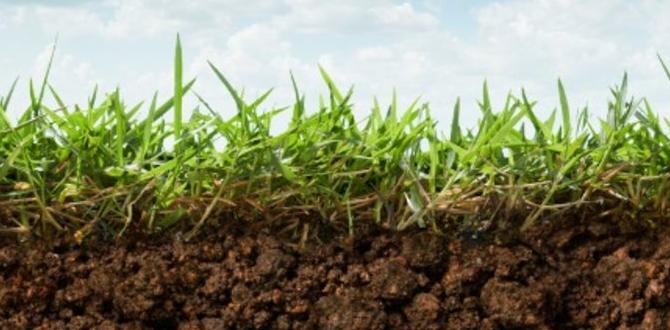
Planting in raised beds is fun! The right soil helps your plants grow strong. A good mix includes garden soil, compost, and peat moss. Organic options boost nutrients, too. Here are some great ideas:
- Mix 60% topsoil, 30% compost, and 10% peat.
- Add worm castings for healthy growth.
- Use aged manure as a natural fertilizer.
These ingredients create a rich environment for your plants. With the right soil, your garden will thrive!
What is the Best Soil for Raised Beds?
The best soil consists of a blend of topsoil, compost, and other organic materials. This mix provides essential nutrients and improves drainage. Happy gardening!
Planting Ideas for Raised Bed Gardens
Companion planting strategies. Seasonal planting guides for yearround harvest.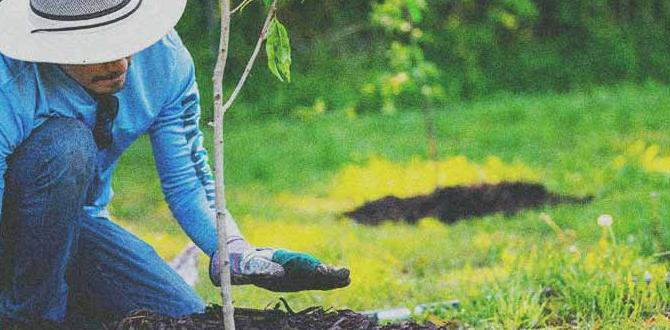
Companion planting can make your raised bed garden thrive! For example, tomatoes love hanging out with basil, while carrots and onions make great pals. They not only save space but also keep pests away. Want year-round veggies? Check out the seasonal planting guide!
| Season | Plants |
|---|---|
| Spring | Lettuce, peas, radishes |
| Summer | Tomatoes, peppers, beans |
| Fall | Kale, broccoli, spinach |
| Winter | Garlic, cover crops |
By planting with the seasons, you’ll have fresh goodies all year. Remember, a healthy garden is a happy garden! So, grab your shovel, plan wisely, and watch your garden show off like a superstar!
Watering Techniques for Raised Bed Gardens
Drip irrigation vs. traditional watering. Tips for efficient water management.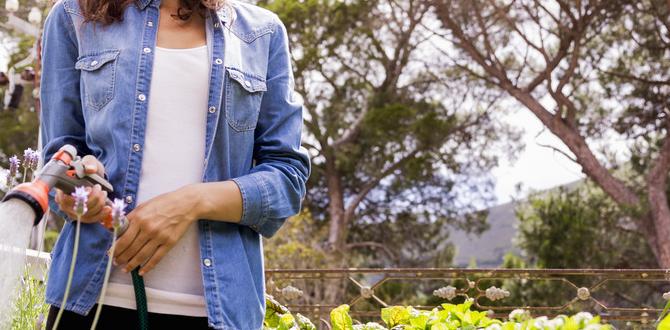
Watering your raised bed garden can be done in a few smart ways. Drip irrigation delivers water exactly where plants need it. This method saves water and helps keep plants healthy. Traditional watering with a hose or watering can is simple, but can waste water. Here are some tips for better water management:
- Water early in the morning or late in the evening.
- Check soil moisture by sticking your finger in the dirt.
- Use mulch to keep soil moist longer.
By choosing the right technique, you ensure your plants thrive!
What are some good watering techniques?
Good watering techniques include using drip irrigation for efficiency and watering at the right times to save water. Adding mulch also helps retain moisture.
Pest and Disease Management
Common pests in raised bed gardens and their control. Organic pest control methods.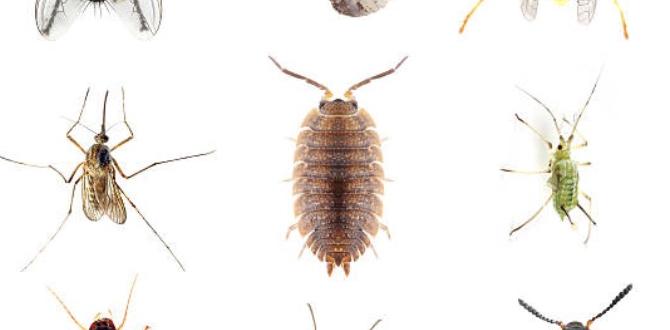
Many pests can harm raised bed gardens. Some common ones include aphids, slugs, and caterpillars. These pests can damage your plants. It’s important to act quickly. You can control them using natural methods. For example, ladybugs eat aphids. Handpicking slugs can reduce their numbers. You can also use barriers like row covers.
Consider these organic pest control methods:
- Neem oil: This oil disrupts pests’ life cycles.
- Companion planting: Some plants naturally repel pests.
- Insecticidal soap: This helps kill soft-bodied insects.
Healthy plants are less likely to get sick. Check your garden often to keep it safe!
How can I prevent pests in my raised bed garden?
Regularly inspecting plants, rotating crops, and using healthy soil can help prevent pests. Consistent care is key to a thriving garden.
Seasonal Maintenance Tips
Preparations for spring planting. Fall cleanup and winter preparation.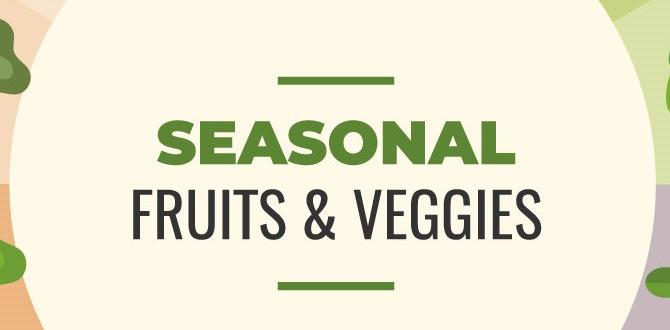
To get your raised bed garden ready for spring, start by clearing out weeds and old plants. This helps give new seeds room to grow. Add fresh soil or compost to nourish your plants. As fall arrives, clean up fallen leaves and dead plants to prevent pests. Cover your beds with a layer of mulch to protect them in winter. This prepares your garden for a fruitful spring.
Why is seasonal maintenance important?
Seasonal maintenance keeps plants healthy. It helps prevent pests and boosts soil quality.
Quick tips for spring and fall:
- Clear out old plants in spring.
- Add fresh soil or compost for nutrients.
- Clean up in fall to prevent pests.
- Cover beds with mulch in winter.
Creative Themes for Raised Bed Gardens
Aesthetic designs and color schemes. Themed gardens: herb, flower, and vegetable combinations.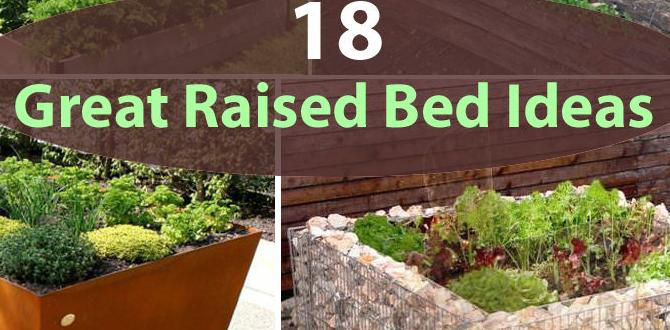
Transform your garden into a visual feast! Think about colorful flower arrangements, or mix herbs and veggies for a tasty twist. A rainbow of colors can brighten your space, while funky shapes keep things fun. Imagine a spaghetti garden with tomatoes, basil, and garlic sprouting side by side! Add a quirky sign that says “Pasta Paradise.” Let your imagination run wild!
| Theme | Plants |
|---|---|
| Herb Patch | Basil, Mint, Rosemary |
| Floral Fiesta | Sunflowers, Marigolds, Petunias |
| Veggie Wonderland | Carrots, Peppers, Lettuce |
Each theme brings its charm. So, pick a style, have fun, and get those hands in the dirt! Happy gardening!
Conclusion
In conclusion, raised bed gardens are fun and easy to start. You can choose the right materials, think about location, and select your favorite plants. Remember to plan your layout and use quality soil. Now it’s your turn! Gather your materials and start your garden. For more tips and ideas, check out gardening books or online resources. Happy gardening!FAQs
Sure! Here Are Five Questions Related To Raised Bed Gardens:Sure! Here are five questions about raised bed gardens: 1. What is a raised bed garden? A raised bed garden is a garden that is higher than the ground. You fill it with soil and plants. 2. Why should we use raised beds? We should use raised beds because they help plants grow better. They improve drainage and keep pests away. 3. What can we grow in raised beds? We can grow vegetables, flowers, and herbs in raised beds. They are great for many plants. 4. How do we build a raised bed? To build a raised bed, you need wood for the frame. You fill it with good soil and make it level. 5. How often should we water our raised bed garden? We should check the soil daily. Water when it feels dry, usually every few days.
Sure! Please ask your question, and I’ll be happy to answer it.
What Materials Are Best For Constructing Raised Bed Gardens, And How Do They Impact Soil Health?Good materials for raised bed gardens include wood, bricks, or stones. Wood is popular, but you should choose types like cedar or redwood that resist rot. Bricks and stones last a long time and look nice. These materials can help hold the soil in place and keep it healthy by protecting it from weeds and pests. Healthy soil helps your plants grow better!
How Do I Determine The Optimal Size And Height For My Raised Bed Garden Based On Available Space And What I Plan To Grow?To find the best size for your raised bed garden, look at the space you have. Think about what plants you want to grow. If you want bigger plants, make your bed taller, about 12 to 18 inches high. For small herbs or flowers, a shorter bed, about 6 to 12 inches, will work. Make sure the bed is wide enough for you to reach in and care for your plants!
What Are The Best Soil Mixes To Use In Raised Beds For Various Types Of Plants, Such As Vegetables, Herbs, Or Flowers?For raised beds, we want a good soil mix. You can use equal parts of compost, garden soil, and peat moss. This mix helps vegetables, herbs, and flowers grow strong. It holds water but drains well too. Always leave some space for plant roots to breathe!
How Can I Efficiently Water A Raised Bed Garden, And What Irrigation Methods Work Best For Different Climates?To water a raised bed garden efficiently, you can use drip irrigation or soaker hoses. These methods give water directly to the plants’ roots, wasting less water. In hot climates, use a timer to water early in the morning or late in the evening. In cooler areas, you might water less often, maybe every few days. Always check the soil to see if it’s dry before watering.
What Companion Planting Strategies Can I Implement In My Raised Bed Garden To Maximize Yield And Reduce Pests?You can plant certain plants together to help each other grow and keep pests away. For example, you can put marigolds near vegetables. Marigolds smell strong and can keep bugs away. You can also plant beans with corn. The beans help the corn grow tall. Try mixing plants like this to get more food and keep pests away!




